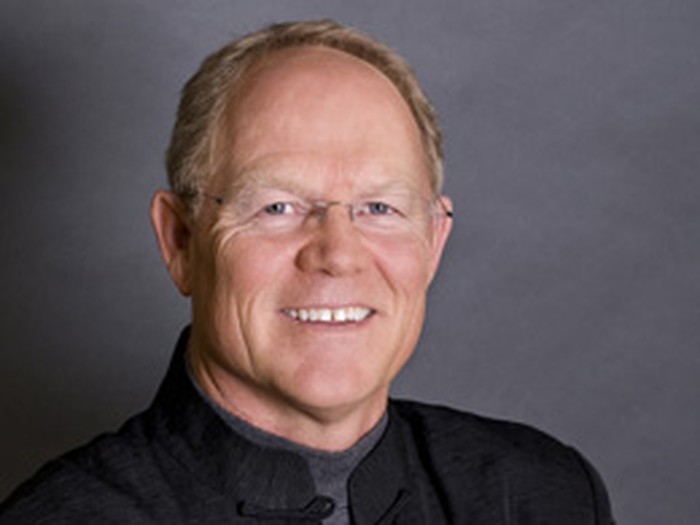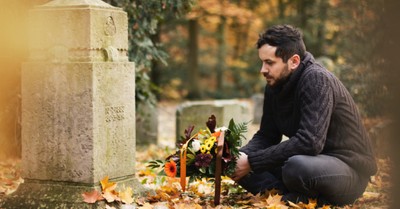Christ's Resurrection
- Published Oct 08, 2002

The physical resurrection of Christ is the cornerstone of our faith. Without it, Christianity crumbles. It is precisely because the physical resurrection of Christ is at the very heart of Christianity that it is constantly under attack. Our culture frequently denies the bodily resurrection of Jesus Christ due to a bias against miracles. It is common for aberrant Christianity and cultism to deny the physical resurrection of Christ as well. For these reasons, we must be equipped to defend this essential of essentials. To do so, let's look back at the biblical and historical records of Christ's resurrection.
First, the physical resurrection of Christ is affirmed in the canon of Scripture. When the Jewish leaders asked for a miraculous sign, Jesus answered, "Destroy this temple, and I will raise it again in three days" (John 2:19). Scripture confirms that the temple he was speaking of was the temple of his own body (see v.21). John states: "That which was from the beginning, which we have heard, which we have seen with our eyes, which we have looked at and our hands have touched -- this we proclaim concerning [Jesus] the Word of Life" (1 John 1:1).
Furthermore, the confessions of Christianity are replete with references to the physical resurrection of the Redeemer. Cyril of Jerusalem proclaimed, "Let no heretic ever persuade thee to speak evil of the Resurrection. For to this day the Manichees say that the resurrection of the Savior was phantom-wise, and not real."
Like the church fathers, the medieval church and the Reformation produced compelling confessions concerning the bodily resurrection. Thomas Aquinas condemns those who "have not believed in the resurrection of the body, and have strained to twist the words of holy Scripture to mean a spiritual resurrection." the Westminster Confession assert: "On the third day he rose from the dead, with the same body in which he suffered; with which also he ascended into heaven, and there sittith at the right hand of the Father."
Finally, the characteristics of Christ's body bear eloquent truth to his physical resurrection. Jesus invited the disciples to examine His resurrected His resurrected body so that they would know beyond the shadow of a doubt that it was the exact same one that had been fatally tormented. He also ate food as proof of the nature of His resurrected body.
Jesus provided the final exclamation mark for His physical resurrection by telling the disciples that His resurrected body was comprised of "flesh and bones." "Touch me and see;" He says, "a ghost does not have flesh and bones, as you see I have" (Luke 24:39).




















